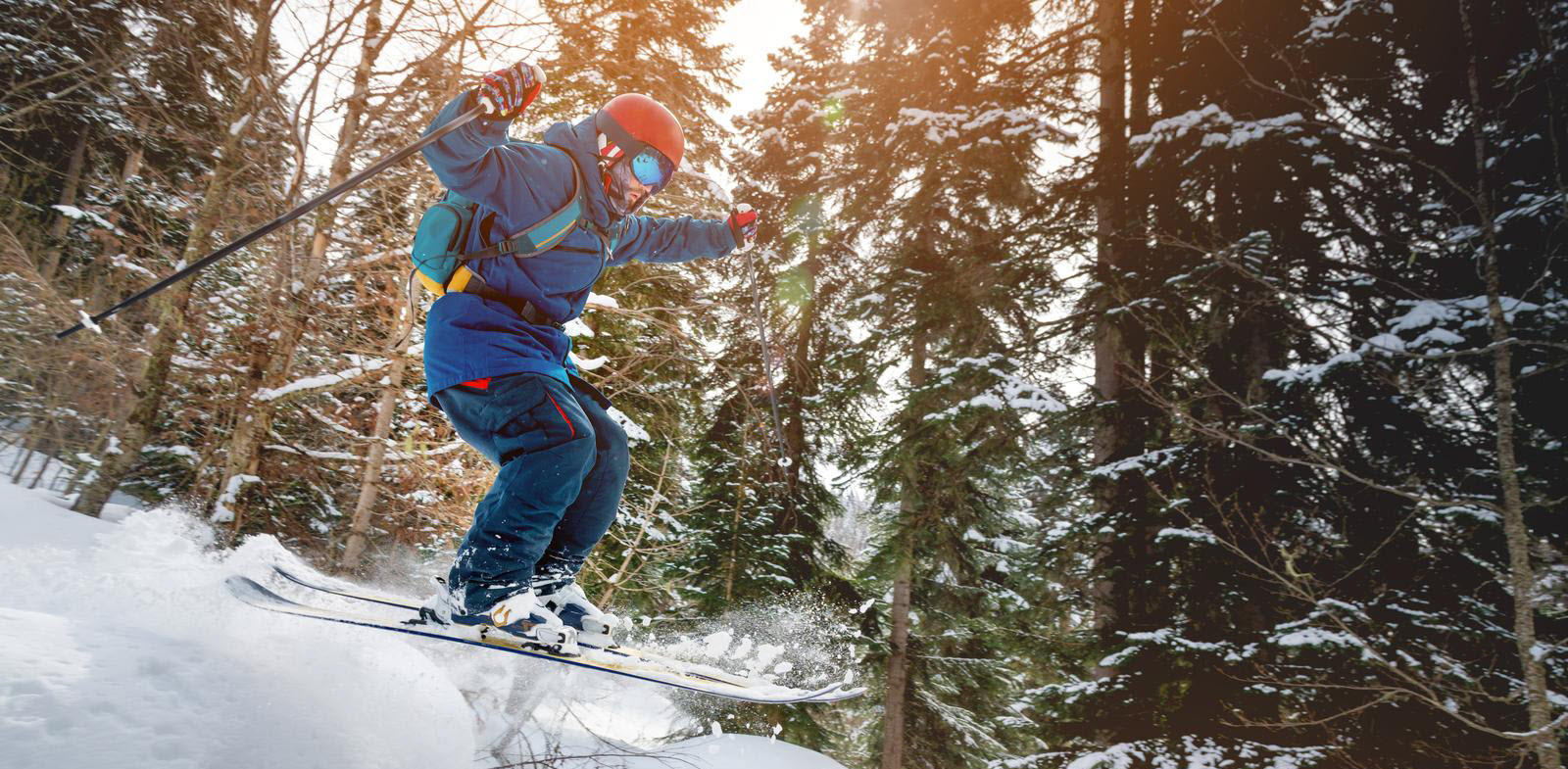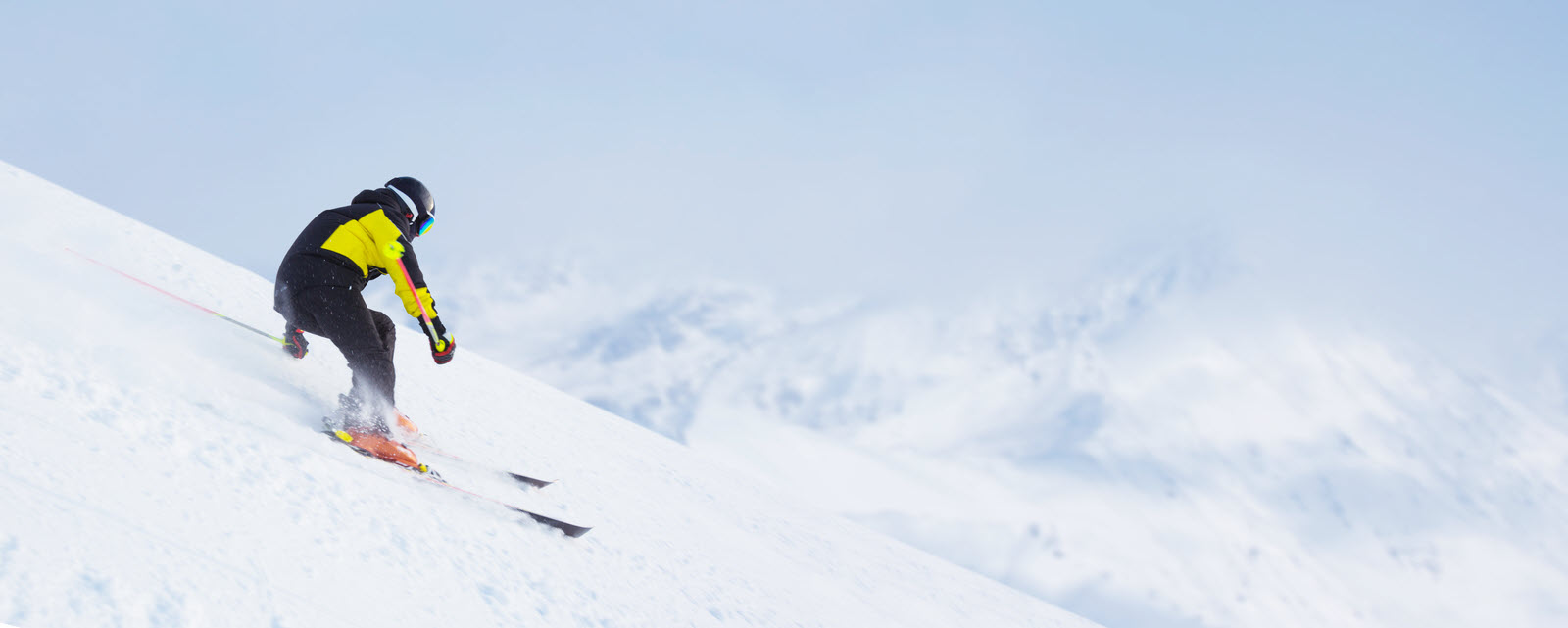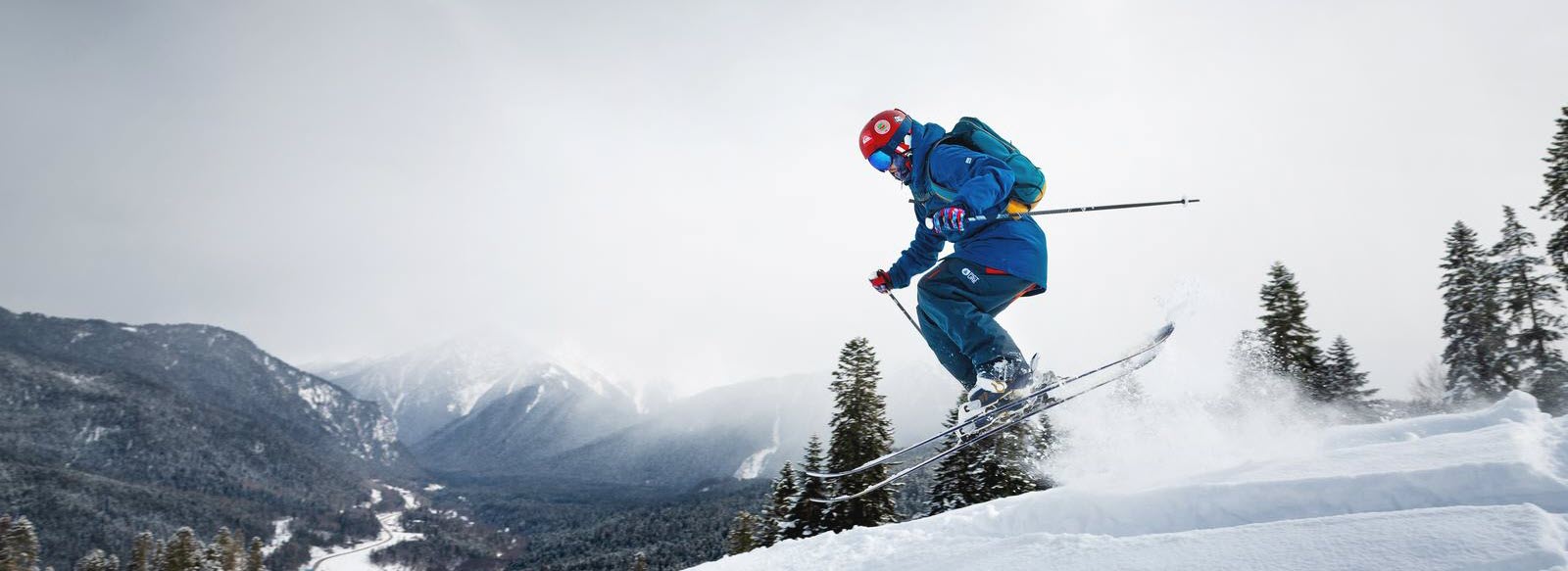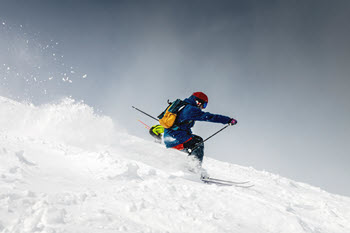
Top Bird Cam
This view is from the top of the Blue Bird Quad, elevation 7640′. View rotates automatically. Click image for larger view.
 Menu Toggle
Menu Toggle
All XC Bike Trails are also open to Hikers. Please Be Aware of Other Users.
Downhill trails are strictly downhill travel only, no hiking allowed.
Closed-toe shoes recommended! There are currently no dog friendly trails open.
Closed until June 14th
Come check out the new routing for our Base Area 9 hole course

Feeling the adrenaline rush as you carve through fresh powder and weave amidst picturesque pine trees is only part of the exhilarating experience of skiing. Behind these thrilling moments, there’s a world of physical benefits that often go unnoticed. Skiing isn’t just about fun—it’s also an impeccable way to strengthen muscles, boost cardiovascular health, and promote overall well-being! Get ready to dive into the exciting fitness advantages offered by this exhilarating winter sport right here in the heart of Idaho at the premier ski destination Brundage Ski Resort.

Downhill skiing is a physically demanding sport that engages multiple muscle groups in the body. It requires stability, strength, and balance, making it an excellent way to increase overall physical fitness. Regular skiing practice can help improve cardiovascular endurance and muscular strength throughout the body, which is essential for maintaining a healthy lifestyle.
An ideal example of muscles strengthened by skiing include quadriceps, hamstrings, glutes, adductors/abductors, calves, and core muscles (transverse abdominals, obliques). The following section delves deeper into how skiing targets these specific muscle groups.
 Skiing involves dynamic movements that require the use of several significant and minor muscle groups throughout the body. These muscular contractions are responsible for executing turns and absorbing the shock from varying terrain as skiers move down a slope.
Skiing involves dynamic movements that require the use of several significant and minor muscle groups throughout the body. These muscular contractions are responsible for executing turns and absorbing the shock from varying terrain as skiers move down a slope.
The quadriceps play a crucial role in controlling ski movements during downhill skiing. These muscles are used to extend the knee joint while bending at the hip joint when assuming a squatting position (angulation) necessary for turns. Engaging quadriceps optimizes support on both skis without inclining excessively.
Glutes and abductors work together to create motion in the lower body through hip abduction (spreading legs apart), adding more stability to turns or absorbing bumps along the way. Adductors get activated when bringing your legs together on a turn. The deep core muscles stabilize your hips and knees during rapid lateral or vertical movement changes.
In combination with all these muscle groups addressed above, let’s take into account other major and minor muscle groups utilized in skiing importantly those utilized during turning movements.
During turns, adductors provide additional support while rotating your femur internally. Additionally, upper leg muscles like the gluteus maximus facilitate movement by pulling the femur backward (hip extension) and allowing for adequate turning power.
Other minor muscle groups used include the tibialis anterior in your shins, which help you edge on hard-packed snow and act as shock absorbers during bumps. The soleus muscles in your calves are also utilized when skiing, which helps with ankle flexibility which is key to maintaining balance and position over skis.
Downhill skiing is an excellent aerobic exercise that can improve cardiovascular fitness. As the skier maneuvers up and down mountain slopes, their heart rate increases, thus promoting better blood circulation and oxygen supply to the body tissues. Regular skiing can lead to a lowered risk of high blood pressure, heart disease, stroke, and other cardiovascular conditions.
A study conducted by Norwegian researchers revealed that during downhill skiing, participants exhibited similar physiological responses to those seen during cycling and running at moderate intensity. Additionally, skiing reduces low-density lipoprotein (LDL) cholesterol, or “bad” cholesterol levels while simultaneously increasing high-density lipoprotein (HDL) cholesterol, or “good” cholesterol levels.
Moreover, regular downhill skiing activities may help maintain healthy blood glucose levels by utilizing glucose as an energy source to power movement throughout the body.
Skiing can improve respiratory function by strengthening lung capacity and increasing ventilation rates. The physical activity required for alpine skiing allows fresh air into the lungs while improving lung capacity. The cold mountain air experienced during skiing activities provides ideal training for cold weather endurance sports such as long-distance running or cycling in normal conditions.
Notably, engaging in high-intensity physical activities at high altitudes may also help mitigate symptoms of respiratory problems like asthma and bronchitis.
Think of your lungs as balloons; after spending time down in the valley breathing shallow polluted air, it can be helpful to spend time on top of a mountain intake in deep breaths of cold fresh air that contains much higher amounts of oxygen. Over time, this will expand the ‘balloon’ and increase its overall power and capacity.
Apart from improving muscle strength and cardiovascular health, skiing also offers other health benefits. One significant benefit is that skiing is a form of physical activity that can help individuals achieve the recommended levels of physical activity, whether in moderate or vigorous forms. Regular physical activity, including downhill skiing, is associated with improved cardiovascular fitness and reduced risk of mortality. Additionally, skiing can provoke adaptations to environmental stresses such as high altitude and cold weather, which may result in favorable health effects.

Before hitting the slopes in Idaho, it’s crucial to engage in physical fitness activities that enhance your body’s ability to perform while reducing the risk of injury. Leg blasters are among the workouts recommended by experts for strengthening leg muscles for skiing. This circuit includes air squats, in-place lunges, jumping lunges, and squat jumps.
Additionally, skiers must be aware that neglecting physical fitness can lead to decreased performance and strange aches and pains in various parts of the body like feet, legs, back or neck making it challenging to use certain areas properly. Hence good form and technique are essential when skiing; however, better still would be having strong muscles and cardio stamina.
Out-of-shape skiers may struggle when faced with challenging terrain or when hiking over steep lines. Fitness is vital in dealing with difficult ski conditions.
Professional skiers recognize the importance of gym work as part of their training regimen to improve their performance. Skiers who hit powder days without appropriate fitness could experience fatigue and limited ability to ski.
 As with every sport or physical activity, there are potential risks associated with skiing. Skiers must be aware of the dangers to avoid harm while enjoying this exciting winter sport.
As with every sport or physical activity, there are potential risks associated with skiing. Skiers must be aware of the dangers to avoid harm while enjoying this exciting winter sport.
Firstly, skiing can be dangerous if you don’t have the right ski gear or use it improperly. Make sure your ski bindings release correctly to help prevent unnecessary injuries. Invest in quality ski boots that fit correctly and have sufficient support for your feet and ankles. Wearing a helmet is also crucial for protecting your head from falls and collisions.
Secondly, skiers should be aware of the risks that come with pushing themselves too hard physically. Always start your skiing session with a warm-up routine to prepare your muscles for physical activity; stretching is especially essential for preventing muscle injuries. Begin on easier trails to acclimate yourself before moving onto more challenging slopes.
Thirdly, skiers should be mindful of other skiers around them while on the mountain. Refrain from skiing too fast as you may not be able to stop quickly enough when encountering crowds of people or other unexpected obstacles like rocks or trees that could result in serious injury.
Fourthly, skiers should take care when skiing off-piste (off marked ski runs) as these areas may not have been checked or controlled by the resort’s staff; avalanches, rockfalls or cliffs are additional potential hazards that could be encountered.
Finally, proper hydration is essential before and during any exercise; dehydration affects endurance and judgment, which can lead to further accidents while participating in winter sports like skiing. These tips will help you have a safe and enjoyable time while skiing. However, remember that accidents do happen even when properly prepared. Let’s discuss some key steps to follow in case of an injury on the slopes.